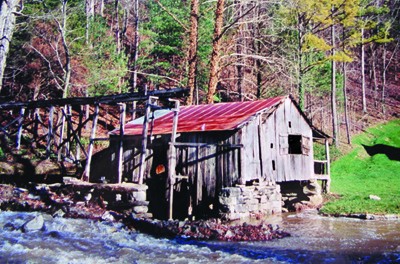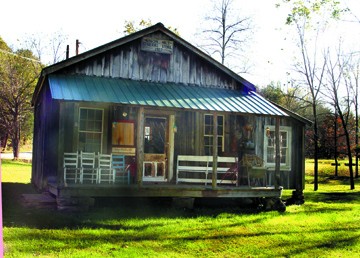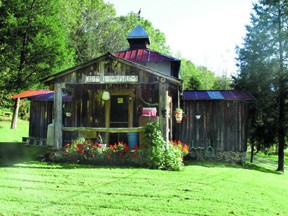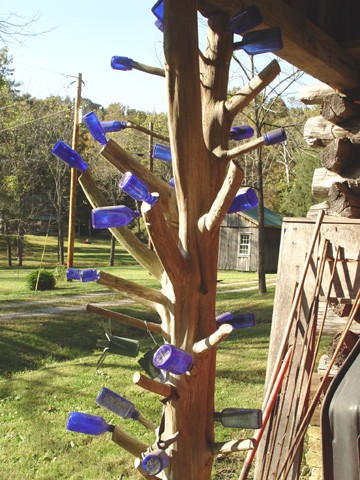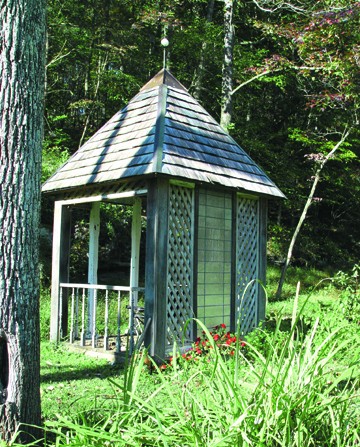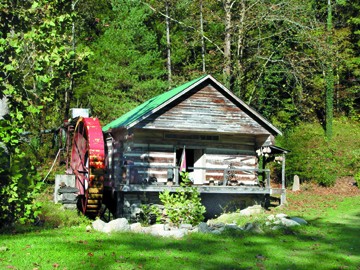(No one could
have known at that time that these very same carvings would become so
valuable and would travel all over the country on display at several
museums along the way. At the present time, the Buckeye Family can be seen
at the Frist Museum in Nashville through January of 2004.) In 1962, Mr.
Tinch restored the old store and built places for picnics and recreation,
and the mill site was opened to the public for a 25 cents admission
charge. The mill stayed in the Tinch family until 1971 when it was
purchased by Robert and Carole Wahler. The Wahler family had an antique
business in the old store and stayed in the mill during the summers and on
weekends.In 1994, Kenneth and Anne King, along with Kennethís sister,
Helen Cummings and her husband, Harvey, bought the property which had
again become quite rundown. Immediately after the purchase of the
property, Kenneth began a restoration project that continues today to be
an ongoing effort. The overgrown property was cleaned up, and the millerís
cabin was rebuilt for use as a residence. The museum was also restored
into a residence, and the general store, which was the only original
building on the site, was repaired. Kenneth tore down the mill structure
because of itís poor condition and rebuilt it with old hand hewn longs on
the original foundation. In Fentress County, he located an old 20 foot
Fitz waterwheel that once had powered a mill in Manson, Tennessee. This
wheel was rebuilt by Bill Derossett in his metal working shop at Hardyís
Chapel. The wheel was transported in sections and assembled on the site.
Kenneth also added pipes to carry water to the wheel, and for the first
time in a long while, the mill wheel began to turn once more.
In 1996, a large dogtrot log home was built by Kenneth for Helen and
Harvey Cummings. Other additions that were made included adding
refurbished machinery for the purpose of grinding meal. A gazebo has also
been constructed from an old well house that once stood in White County.
The beautiful log home the Kings now reside in was built by Kenneth in
2001, and that same year, the old Union Hill school that stands not too
far from the mill site was purchased by Anne and Kenneth, a school where
my aunt Christine (McCormick) Winningham once taught. Susan Pangle told me
that stick ball was one of the favorite games played by the children who
attended school at Union Hill. If any of those of you who read my stories
can explain the rules or how stick ball was played, I would really like to
hear from you.
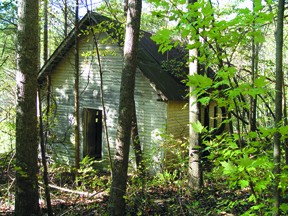
School
In 1998, the mill site observed what has since become a tradition. A
community wide egg hunt was held, and has grown in the number attending
with each succeeding year. Those children, as well as adults, who have
attended in the past anxiously await the Saturday before Easter each year,
the date the egg hunt is held. This tradition began as a family event, but
was opened to the public five years ago, and has been a even greater
success with each passing year.
